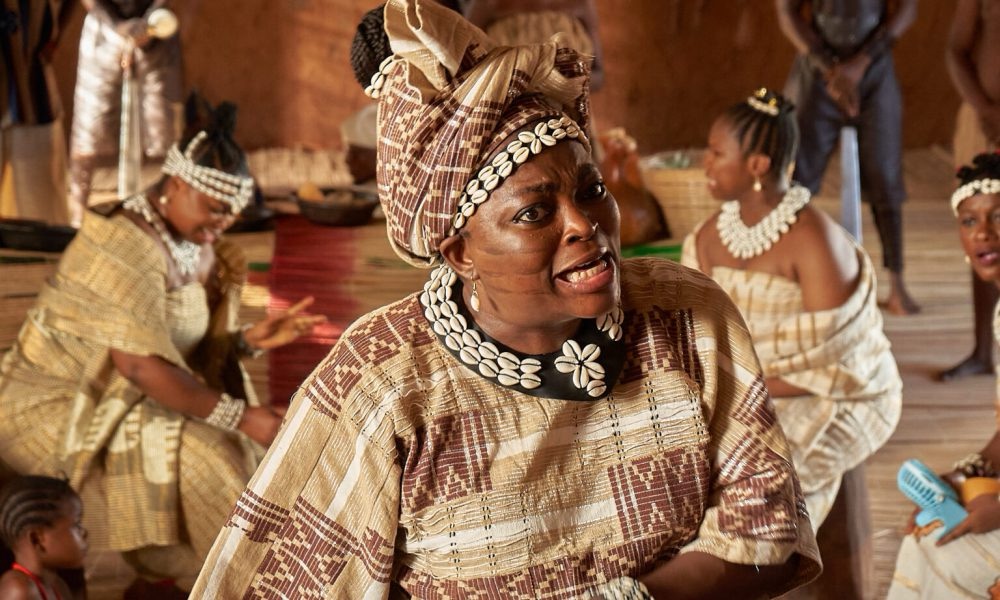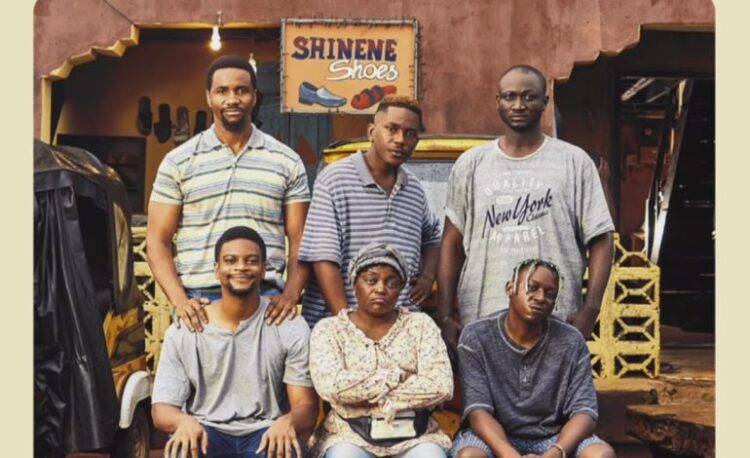Movie Review: House of Ga’a, a historical error
While House of Ga’a presents an engaging narrative, its divergence from historical accuracy in key areas detracts from the rich history it aims to depict.

While I usually avoid films with excessive hype, I decided to make an exception for House of Ga’a directed by Bolanle Austen-Peters and written by Tunde Babalola. Featuring an ensemble cast consisting of Jide ‘JBlaze’ Oyegbile, Femi Adebayo, Ibrahim Chatta, Bimbo Manuel, Stan Eze, Lateef Adedimeji, Mike Afolarin, Tosin Adeyemi, Toyin Abraham, Adeniyi Johnson, Femi Branch, Funke Akindele, the 120 minutes film depicts the story of Bashorun Ga’a, a ferocious and feared prime minister or kingmaker who became more powerful than the kings he enthroned.
Given my deep knowledge of the historical period of Oyo portrayed in the movie, I was eager to see how this significant era would be represented. The film does a commendable job capturing the essence of the narrative, but several critical historical inaccuracies mar its portrayal.

One notable flaw is the depiction of the war settings. Although the film accurately shows that Bashorun Ga’a and Aare Ona Kakanfo fought together, it fails to represent the true command structure of the time. In reality, the Aare Ona Kakanfo held the ultimate command over war operations, a detail missing in the film’s opening scenes. Furthermore, despite being a warrior, the Aare Ona Kakanfo was forbidden from directly engaging in combat. Instead, he was protected by a contingent of approximately 400 troops called “Esos”, with his lieutenants handling any mortal threats.
The film also inaccurately portrays Oyabi of Ajase, the third Aare Ona Kakanfo, as a bloodthirsty warmonger. Historical records depict Oyabi as a disciplined leader who adhered strictly to the war directives from the Alaafin. Unlike other Aare Ona Kakanfo who met violent ends, such as Afonja Enudunjuyo of Ilorin, Kurunmi Ajadi-Igbo of Ijaye, Ladoke Akintola of Ogbomoso, and Muhammadu Latoosa of Ibadan, Oyabi enjoyed a notably peaceful and extended reign. The film’s depiction of him as a genocidal figure is a significant departure from historical accounts.
Moreover, the film overlooks crucial aspects of the war settings. During Ga’a’s era, the use of swords in battle was rare, and the depiction of extensive infantry and cavalry formations is inconsistent with historical practices.
Another significant historical error involves the portrayal of Oyemekun’s escape to Ilorin. The film inaccurately suggests that Ilorin was under an Emirate system at that time, whereas this system was established only after Afonja, the sixth Aare Ona Kakanfo. The depiction of Ilorin being under Muslim rule and the ceremonial welcome of Oyemekun is anachronistic, reflecting either a historical error or deliberate alteration by the filmmakers.
Additionally, the film introduces the name “Gbangbalasa” for Oyemekun, which is not supported by historical records and seems to be a fictional addition. The portrayal of Ga’a appointing a “governor” of Ilorin is also inaccurate. Historically, neither the Alaafin nor Bashorun had jurisdiction over Ilorin in such a capacity. Prior to the Emirate system, Ilorin did not have a king or formal governance structure; Afonja, originally from Opo in modern-day Oyun local government, lived in Ilorin to monitor the movements of Nupe troops due to the lack of a formal district head.
While House of Ga’a presents an engaging narrative, its divergence from historical accuracy in key areas detracts from the rich history it aims to depict. The film’s portrayal of military command structures, individual characters, and historical timelines highlights significant inaccuracies that impact its overall authenticity.
House of Ga’a had its streaming debut on Netflix on 26 July 2024. 6/10




